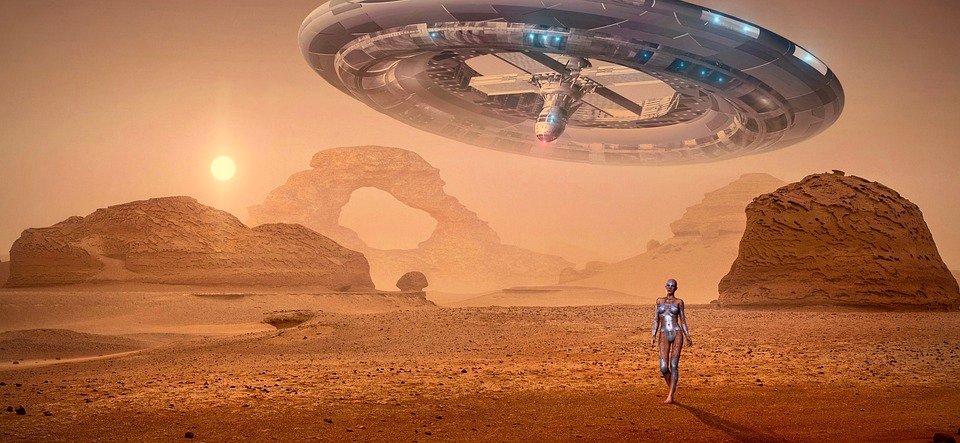Exploring Universal Rebirth: The Science Behind Cosmic Renewal
Throughout history, humans have been captivated by the idea of rebirth and renewal. From ancient myths to religious beliefs, the concept of starting anew has been a recurring theme across cultures. While rebirth has often been associated with spiritual or religious ideologies, recent scientific advancements have opened up new avenues for exploring the concept on a cosmic scale.
The notion of universal rebirth, also known as cosmic renewal, proposes the idea that the universe goes through cycles of expansion and contraction, leading to the birth of new universes. This hypothesis stems from the field of cosmology, the study of the origin, structure, and evolution of the universe.
Cosmologists have long been intrigued by the question of whether the universe is finite or infinite. In the early 20th century, Albert Einstein’s theory of general relativity provided the framework for understanding the nature of the universe. According to Einstein’s equations, the universe is dynamic, with its fate determined by the balance between gravitational forces and the expansion rate driven by dark energy.
The prevailing cosmological model, known as the Big Bang theory, suggests that the universe originated from a singular event around 13.8 billion years ago. However, what happens after this initial explosion remains a topic of debate. Some scientists propose that the universe will continue to expand indefinitely, eventually succumbing to a state of heat death, where all energy dissipates and no further changes occur.
On the other hand, the concept of cosmic renewal offers an alternative perspective. It suggests that the expansion of the universe will eventually slow down and reverse, leading to a contraction phase known as the Big Crunch. During this phase, galaxies, stars, and even particles will collapse into a singularity, similar to the conditions at the universe’s birth.
The Big Crunch, however, does not mark the end of the story. The theory proposes that the universe will undergo another phase of expansion, similar to the Big Bang, but with new physical laws and conditions. This cyclic process of expansion, contraction, and rebirth could potentially continue indefinitely.
Support for cosmic renewal comes from various theoretical frameworks, such as string theory and quantum gravity. These theories attempt to unify the laws of general relativity and quantum mechanics, providing a more comprehensive understanding of the fundamental nature of the universe. Within these frameworks, the concept of cyclical universes emerges naturally, giving credence to the idea of cosmic renewal.
While the concept of cosmic renewal is still speculative, ongoing research in cosmology and theoretical physics aims to shed light on these fundamental questions. Scientists are actively investigating the nature of dark energy, the force driving the expansion of the universe, as well as exploring the possibility of additional dimensions beyond the familiar three spatial dimensions.
Understanding the mechanisms behind cosmic renewal could have profound implications for our understanding of the universe and our place within it. It challenges the notion of a linear timeline and offers the potential for infinite cycles of creation and destruction. Moreover, it raises philosophical questions about the nature of existence, the purpose of life, and the possibility of parallel universes.
In conclusion, the concept of universal rebirth, or cosmic renewal, offers an intriguing perspective on the evolution of the universe. While still in the realm of speculation, ongoing scientific research is pushing the boundaries of our understanding, drawing upon theories such as string theory and quantum gravity to explore the potential for cyclical universes. By delving deeper into the science behind cosmic renewal, we may unlock profound insights into the nature of our existence and the mysteries of the cosmos.

